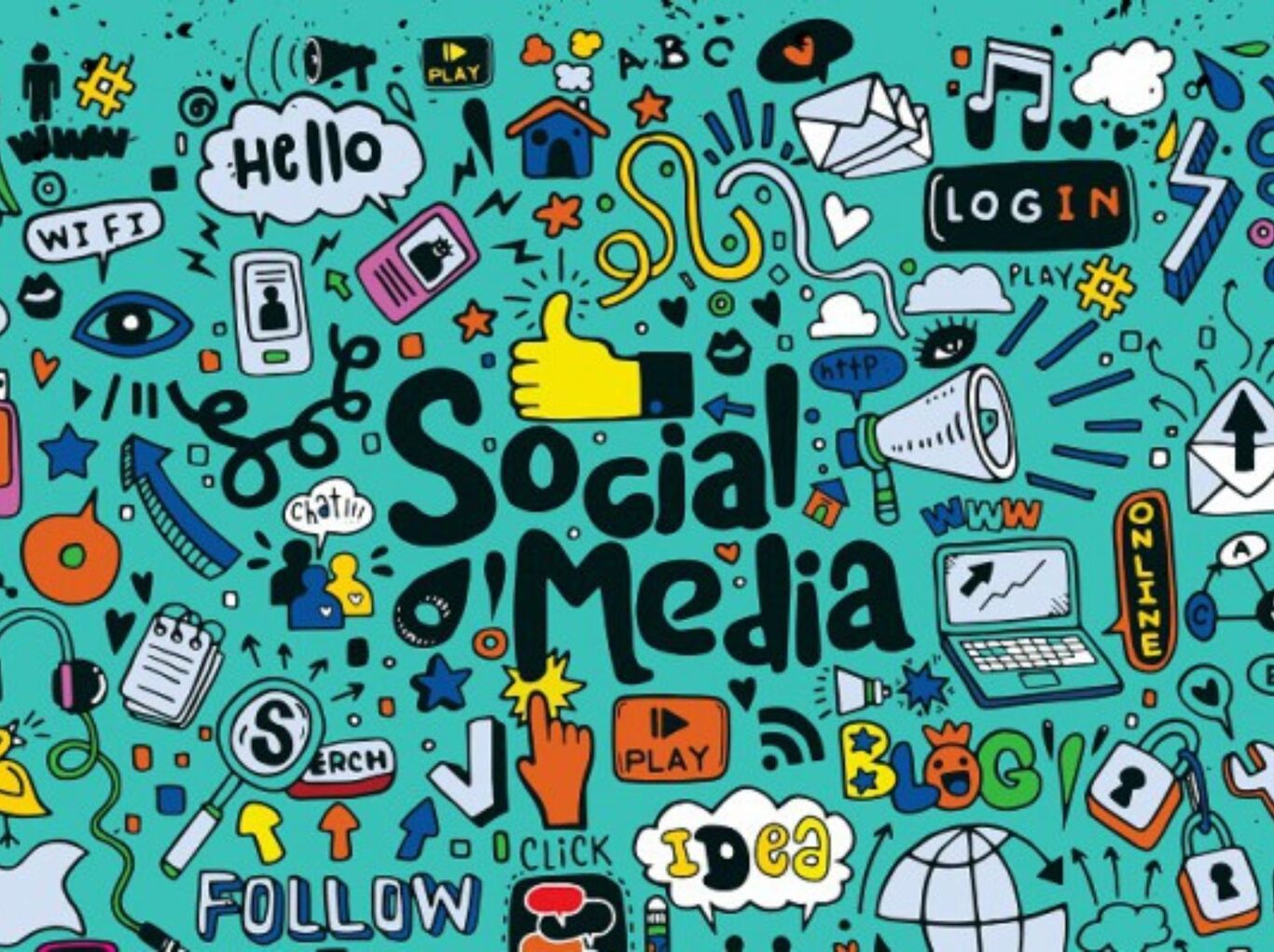Retention is a Product: How to Build for Lifetime Value from Beginning

You can't treat retention as an afterthought. If you do, you're building a leaky bucket. You're spending time and money acquiring users who won't stay. If you're only chasing sign-ups and downloads, you're missing the point.
Retention design means thinking about the long game. It's not about one interaction; it's about every interaction, from the first click to the hundredth.
When users stay, they spend more, refer more, and cost you less. That’s how increasing customer lifetime value happens. It's smart, it's sustainable, and it's how winning products are built.
Let’s break down how to design your product with retention in mind — right from day one.
Why Retention Design Should be a Core Product Strategy?
Let’s be honest: in the race to grow fast, most businesses put the spotlight on getting new customers. You spend time, energy, and money creating lead magnets, email campaigns, and advertisements for acquisition. Attraction is always thrilling, but the problem is that this works for next to nothing if acquiring clients is your only focus.
Retaining a customer is an activity that starts when the customer first signs up for your product. It is setting up retention design well from the start.
So, what does that mean?
The term entails having the end in mind while you create or build. Not just for something that people would use but specifically for what they would love holding onto. Something that has taken a slot in their minds, so much so that it doesn't even think in terms of using it once.
You wish to see your users returning not necessarily because they are tied but because they really get value from what you make.
Consider the apps or tools that you are using almost every day. They are doing the good of providing solutions for you- you know needed, solving one of your real-world challenges, or simply fitting in perfectly into your habits in a way that you don't even give them a thought. A good retention design naturally lets the product find a place in the user's routine.
From Onboarding to Advocacy: Mapping the Retention Journey
Let’s walk through what really drives retention at every stage — from onboarding to advocacy, so you’re not just getting users; you’re keeping them.
-
Onboarding stage
Onboarding isn't just a welcome email. It’s the user’s first real taste of your product; make it count.
Whether you're using digital walkthroughs or a full project-based set-up, the goal is simple: get users to value fast. Set clear markers that show they've arrived. That’s user onboarding best practices done right.
Your job is to remove friction. Show them what to do, when to do it, and why it matters. If they can’t use your product, they won’t stick around. Simple.
-
Consideration stage
Now, the user is curious; they’re not sold yet. They’re reading reviews, watching demos, and sizing you up. This is your chance to shine. Offer honest comparisons, share detailed guides, or run a free trial if you can. Want to build trust here? Focus on customer relations. Help them feel confident by being present, helpful, and real.
-
Decision stage
Clear pricing, friendly terms, and fast support aren't luxuries; they’re essentials. The easier the choice, the better your odds. This is where it all happens. One click, and they’re in or out.
Throw in a well-timed nudge, a discount, a bonus, or a review from someone just like them. Anything that makes the choice easier.
-
Retention stage
Congrats, they bought it. But this isn’t the end; it’s the beginning.
Now, your retention marketing kicks in. Follow-up emails, usage tips, exclusive offers, all these little reminders that they made the right call.
Loyalty grows here. The better you treat your users post-purchase, the longer they stick. That's how you reduce the churn rate.
-
Advocacy stage
This is the dream stage. Your users love you, tweet about you, and tell their mates. So, reward them, share their stories, and give them referral bonuses. Let them feel like part of your journey.
In this stage, advocacy turns one happy user into ten new ones.
Designing for Habits, Not Just Usage
Habits keep users coming back without thinking. Retention design should focus on triggers. What makes them open your app every day? What makes them smile while doing it?
Set routines, build streaks, and celebrate milestones. The product that becomes a habit is the one that wins.
Don’t just ask, "Did they use it?" Ask, "Do they want to use it again?"
Personalisation, Feedback Loops, and Behavioural Triggers
Users don’t want a one-size-fits-all experience. They want something that gets them.
-
Personalise based on behaviour: If they love one feature, highlight it more. If they struggle somewhere, offer help.
-
Use feedback loops to learn and adjust: Ask how they’re doing. Act on it. Show them you listened.
-
Behavioural triggers work, too: Nudges, reminders, progress bars, anything that pulls them back with purpose.
Retention design means you don’t leave it to chance.
Retention Metrics That Actually Drive Product Decisions
Here’s the thing: data only helps if you know what to look for. The right metrics show you where to double down, what to fix, and how to build smarter.
Here are the key user engagement metrics every product team should keep an eye on:
-
Customer Retention Rate (CRR)
More than just a number, it’s proof that your product delivers value. A strong customer retention rate means users are sticking around because they’re getting what they came for. The higher it is, the healthier your growth.
-
Customer Churn Rate
Every lost user is a missed opportunity. Churn reveals the cracks in your product, onboarding, or support. Spotting a spike early helps you fix issues before they become costly.
-
User Lifetime Value (LTV)
Not all users are equal; User Lifetime Value (LTV) shows you which ones really move the needle. It tells you if your acquisition spend is paying off and helps you prioritise high-value customers for long-term growth.
-
Net Promoter Score (NPS)
It’s not just about satisfaction; it’s about advocacy. A high NPS means users aren’t just staying; they’re bringing others in. If they wouldn't recommend you, that’s your cue to dig deep and act fast.
-
Customer Satisfaction Score (CSAT)
Think of this as a real-time happiness meter. After key touch points, CSAT tells you how users feel, and feelings drive loyalty. Watch for dips; they’re early signs of churn.
-
Customer Effort Score (CES)
CES tracks how simple it is for users to get what they need, whether that’s signing up, solving a problem, or using a feature. Less friction means higher retention.
-
Time to Value (TTV)
First impressions matter. TTV measures how quickly a new user reaches that first moment of real value. The faster they hit it, the more likely they’ll stay. This is the heartbeat of effective onboarding.
Track these consistently. Learn from them and let them guide your customer retention strategy.
Common Mistakes That Undermine Lifetime Value
Building without a plan for retention design? That’s mistake number one.
Others include:
-
Overcomplicating the product
-
Ignoring feedback
-
Skipping onboarding
-
Chasing new users while ignoring current ones
Each of these chips away at increasing customer lifetime value. Don’t let that happen. Keep it simple, useful, and human.
How GrowthJockey Helps You Build Retention into the DNA of Product?
At GrowthJockey, we don’t just think about retention; we live it.
From day one, we work with you to design experiences that feel effortless, meaningful, and built to last. Whether it’s onboarding that clicks instantly or triggers that nudge users back at the right time, we make sure your product earns a spot in your users’ lives.
We don’t stop at ideas. We map real user journeys, measure what matters, and tweak until it works. We know that retention isn’t a one-time thing; it’s something you design, test, and grow.
When you partner with GrowthJockey, you're not guessing what makes people stay; you’re building for it every step of the way.
Partner with GrowthJockey today and start building a product people can’t ignore — no more guesswork, just lasting impact at every step.
FAQs Related to Retention Design
1. What is retention in design?
Retention in design refers to the strategies used to keep users engaged and coming back to a product or service. It focuses on creating intuitive, valuable, and emotionally resonant user experiences that drive long-term usage. Good design encourages habit formation and reduces drop-off.
2. What is the retention model?
A retention model outlines how a company tracks and improves user loyalty over time. It typically includes metrics like Customer Retention Rate (CRR), churn rate, and lifetime value (LTV) and maps the user journey to identify where users are lost and how to keep them engaged. Common models include cohort analysis and lifecycle segmentation.
3. What is a retention technique?
A retention technique is a specific method used to keep users or customers engaged over time. This can include personalised email follow-ups, in-app nudges, loyalty programs, push notifications, exclusive content, or reward systems. The goal is to consistently deliver value and reduce the chances of users dropping off.
4. What is the concept of retention?
Retention is the ability of a business or product to keep its users, customers, or employees over time. It’s a measure of loyalty and satisfaction. In business, high retention rates often signal that users are finding value and are likely to stick around — lowering acquisition costs and boosting lifetime value.








